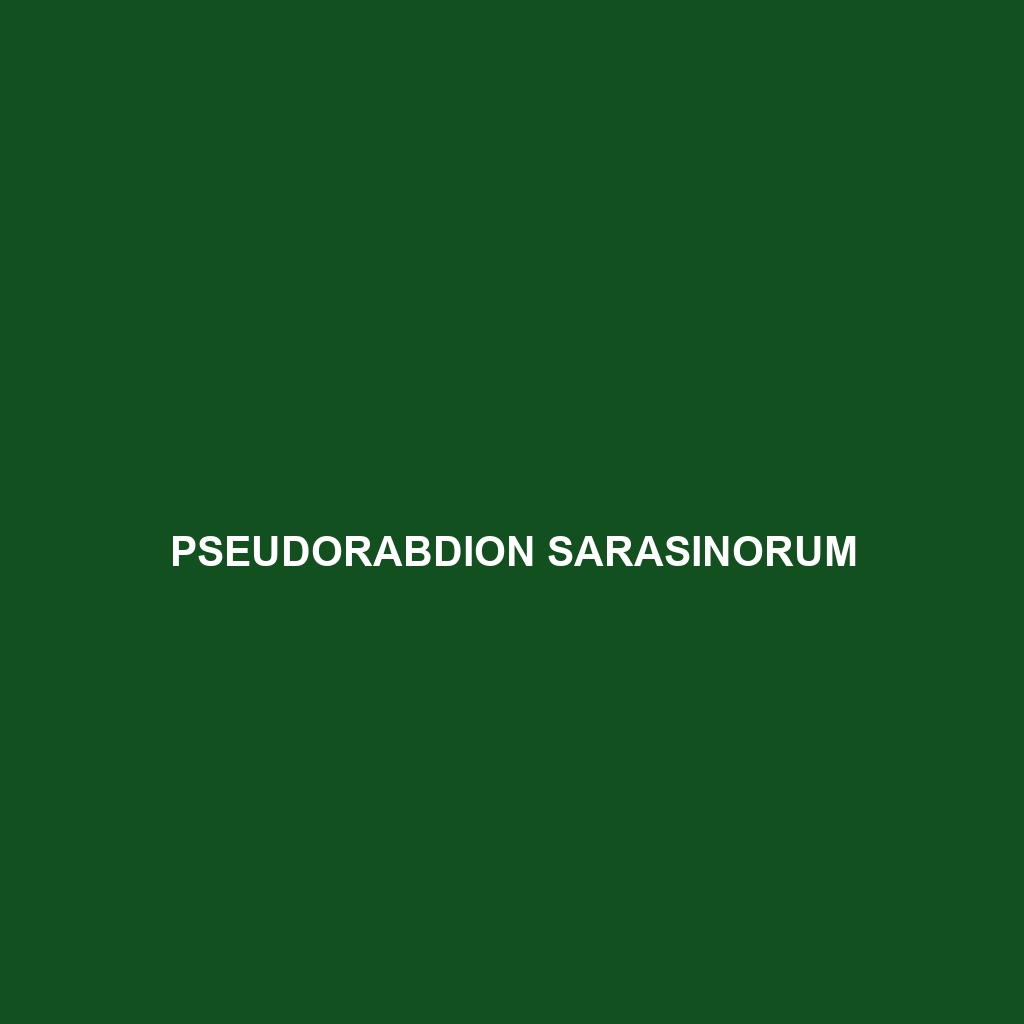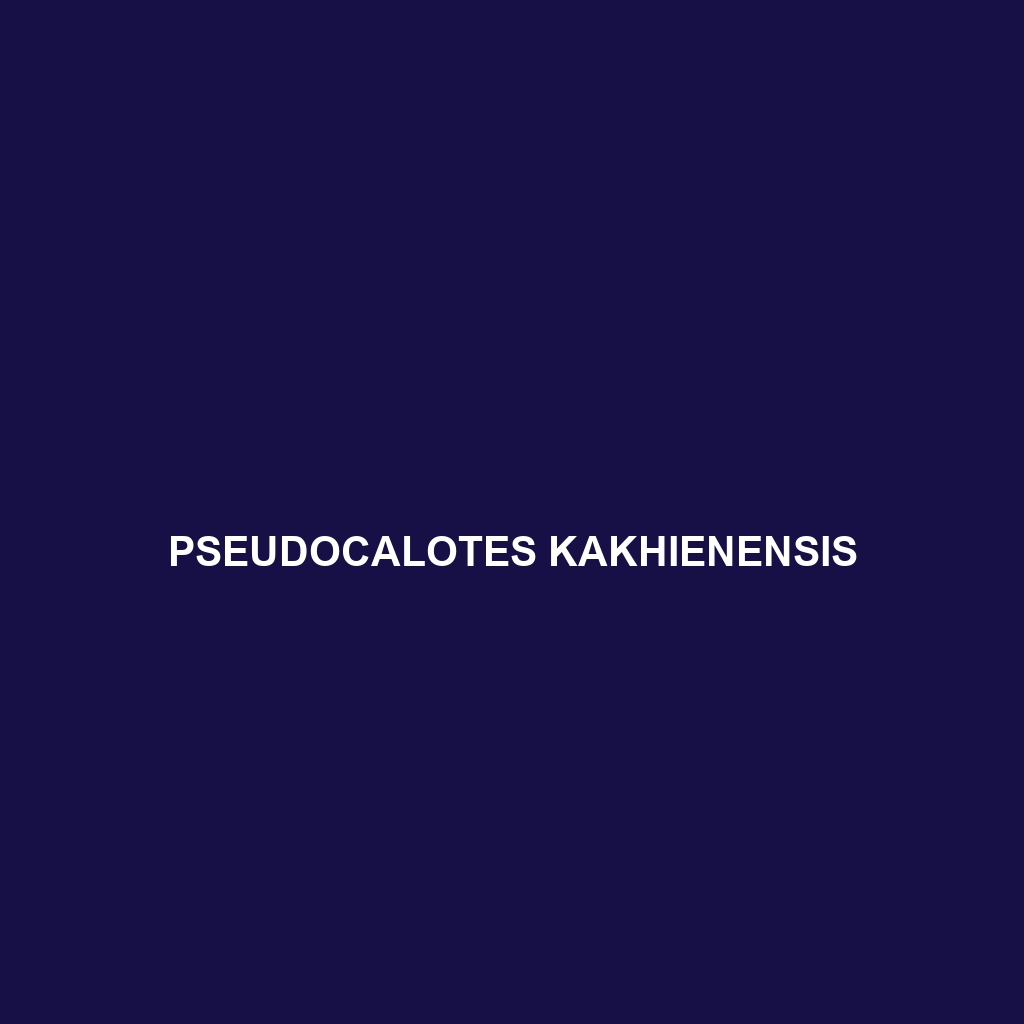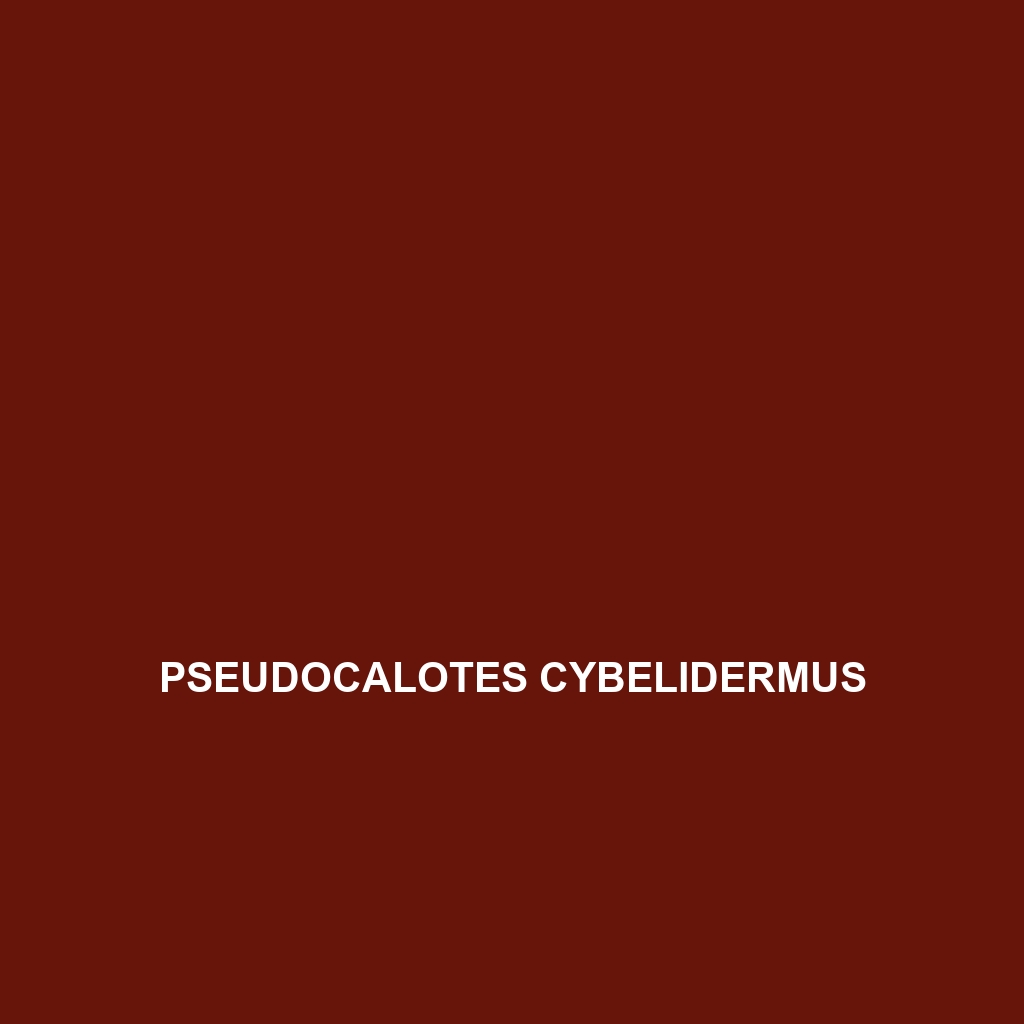<p><b>Pseudoxenodon inornatus</b>, commonly known as the insipid slug snake, is a medium-sized, non-venomous snake native to tropical and subtropical Southeast Asia. Preferring humid rainforests, it features a slender body, muted brown or gray coloration for camouflage, and an insectivorous diet mainly consisting of slugs and worms, playing a vital role in its ecosystem.</p>
Tag: Biodiversity in Southeast Asia
Pseudorabdion sirambense
<p><b>Pseudorabdion sirambense</b> is a slender, elongated snake found in the tropical rainforests of Southeast Asia, known for its unique coloration and exceptional night vision. An insectivore, this fascinating species plays a crucial role in regulating insect populations and maintaining ecological balance in its habitat.</p>
Pseudorabdion sarasinorum
<p><b>Pseudorabdion sarasinorum</b>, also known as Sarasin's Pipe Snake, is a striking species found in the humid rainforests of Southeast Asia, characterized by its elongated body, dark coloration with lighter banding, and nocturnal hunting behavior. As a carnivore, it preys on small vertebrates and plays a crucial role in maintaining ecological balance within its habitat.</p>
Pseudoindotyphlops exiguus
<strong>Pseudoindotyphlops exiguus</strong>, commonly known as the slender blind snake, thrives in the tropical and subtropical regions of Southeast Asia, featuring a smooth, cylindrical body that reaches 20-30 cm in length. Primarily nocturnal and fossorial, this insectivorous species excels at hunting ants and termites in its humid forest habitat, contributing significantly to soil aeration and ecosystem balance.
Pseudogekko chavacano
<p><b>Pseudogekko chavacano</b>, also known as the Chavacano Gecko, is a vibrant green lizard native to the rainforests of Southeast Asia, particularly the Philippines. This nocturnal insectivore showcases impressive climbing abilities and plays a crucial role in its ecosystem by controlling insect populations while serving as prey for larger predators.</p>
Pseudocalotes kakhienensis
<b>Pseudocalotes kakhienensis</b>, commonly known as the Kakhien Ridge Lizard, is a vibrant insectivorous lizard found in the mountainous forests of Southeast Asia, characterized by its slender frame, prominent dorsal crest, and ability to slightly change color for camouflage. This diurnal species plays a crucial role in controlling insect populations and is currently listed as vulnerable due to habitat loss from deforestation and agricultural expansion.
Pseudocalotes guttalineatus
The <b>Pseudocalotes guttalineatus</b>, or lined tree lizard, is a striking, arboreal species native to Southeast Asia, exhibiting vibrant color variations and unique adaptations for navigating its tropical rainforest habitat. As a primarily insectivorous lizard, it plays a crucial role in its ecosystem, controlling insect populations and serving as prey for larger animals.
Pseudocalotes flavigula
Introducing the Pseudocalotes flavigula, a stunning Southeast Asian lizard known for its distinctive yellow throat and elongated, slender body reaching up to 30 cm. This diurnal insectivore thrives in tropical rainforests, showcasing unique social behaviors and vital roles in maintaining ecological balance.
Pseudocalotes cybelidermus
<p>Discover the vibrant <b>Pseudocalotes cybelidermus</b>, or Cybelidermus Lizard, a striking rainforest inhabitant of Southeast Asia known for its unique coloration, diurnal behavior, and crucial role in controlling insect populations and seed dispersal in its ecosystem.</p>
Pseudoboodon boehmei
<p><b>Pseudoboodon boehmei</b> is a striking, nocturnal omnivore native to humid tropical and temperate forests in Southeast Asia and South America, known for its prehensile tail and agile climbing ability. With a diverse diet and significant ecological role as a seed disperser, this vulnerable species faces threats from habitat destruction and illegal hunting.</p>









